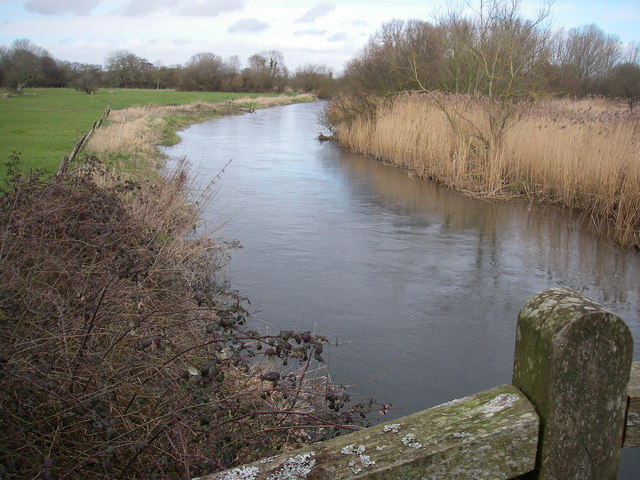The River Avon System is a 475.9-hectare (1,176 acres) biological Site of Special Scientific Interest in Hampshire and Wiltshire, southern England.[1] It is part of the Avon Valley and New Forest Ramsar sites,[2][3][a]Ramsar is the Iranian city in which an intergovernmental treaty on the conservation of wetlands was signed in 1971.[4] and of two Special Protection Areas: Solent and Southampton Water, and the New Forest.[5][6]
The system consists of stretches of the River Avon and its tributaries, described by Natural England as “of national and international importance for their wildlife communities”. It contains more than 180 species of aquatic plants, and one of the most diverse fish species in the country. There is also a rich invertebrate fauna, along with mammals including water voles, Arvicola amphibious, water shrews, Neomys fodiens, and evidence of otters, Lutra lutra.[7][b]The water vole’s scientific name was changed from Arvicola terrestris to Arvicola amphibious after the report was produced.[8]
Notes
References
Bibliography
This article may contain text from Wikipedia, released under the Creative Commons Attribution-ShareAlike License.

